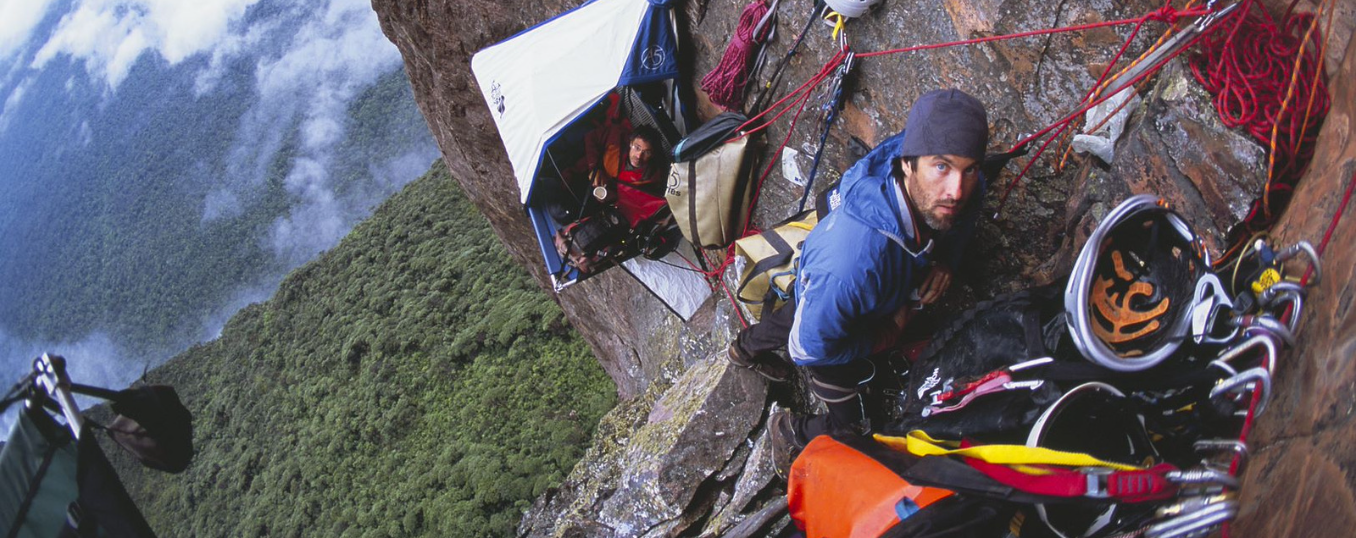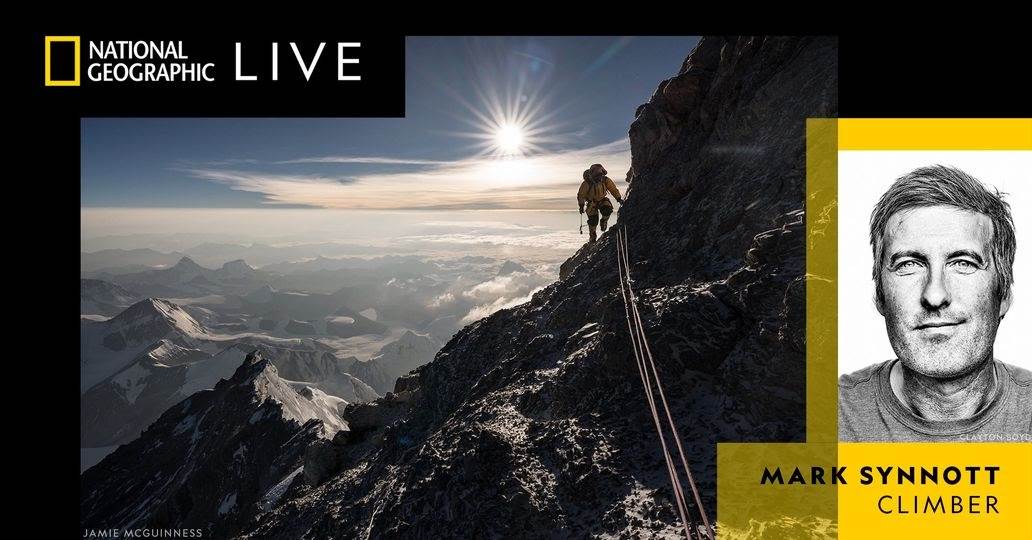
Mark Synnott is a man ever on the brink of new discovery. A big wall rock-climber of the highest order, he’s made legendary first ascents of some of the world’s tallest, most forbidding walls, from Baffin Island to the Karakoram Mountains of Pakistan. Today, he uses his skills to break scientific ground, reaching incredibly inaccessible environments in search of rare species. It’s all in the spirit of adventure and exploration, in order to educate about these sites of strange and remote beauty.
National Geographic Live brings you behind-the-scenes stories, unforgettable imagery and gripping footage from world-renowned photographers, scientists, writers, filmmakers and adventurers.
The Robert and Judi Newman Center for the Performing Arts at the University of Denver proudly presents National Geographic Live – Life on the Vertical with Mark Synnott on Monday, May 15 at 7:30pm in the June Swaner Gates Concert Hall. Buy Tickets Here.
The presentation is co-presented by the Denver Museum of Nature and Science.
We asked Synnott a few questions about his career and adventures as a climber.
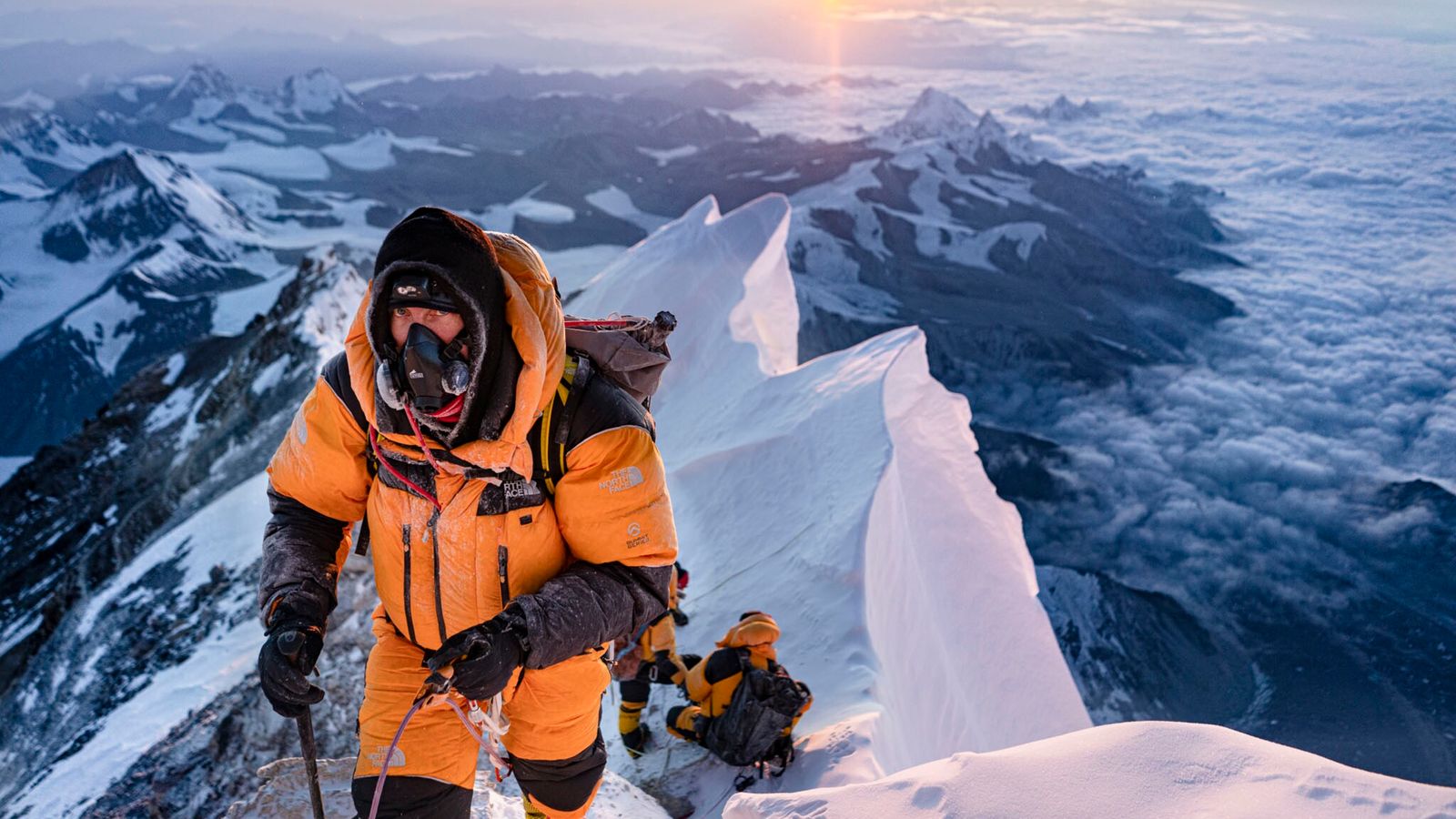
What’s your connection to National Geographic, how did you get involved with National Geographic Live?
Ever since I graduated college and realized that I wanted to be a writer, I dreamed about working for National Geographic. When I looked out at the landscape of magazines that I believed to represent my niche (Adventure), National Geographic stood tall above all the rest as the ultimate venue for the kind of writing I wanted to do. Then in 1998, I was invited to take part in a National Geographic sponsored expedition to Baffin Island in Arctic Canada. The trip was put together by two legendary climbers, Greg Child and Alex Lowe, who wanted to seek out and climb the biggest unclimbed wall on the island. They invited me and my friend Jared Ogden because they liked the idea of mentoring two up and coming climbers and having the story be partly about young and old, and the idea that there are old climbers and there are bold climbers, but there are no old bold climbers.
This expedition was how I got my foot in the door with National Geographic, and once I did, I just never stopped pressing. As I write this, I am working on my ninth feature article for the magazine (the Northwest Passage). I have always been a storyteller at heart, so becoming a speaker for National Geographic Live was an obvious way to share my work with more people—and in person, which is always the best. I have been presenting on the National Geographic Live tour for the past five years.




If you had to pick one aspect of your work that you find the most interesting, which would it be and why?
I think the part I like the most about being a writer is the research. I love history and geography, and I think it’s fair to say that I have an insatiable thirst for knowledge. I could sit at my desk and research stories (or dig for ideas for new projects) all day, every day. In some way I love the intellectual challenge of acquiring knowledge more than I like being in the field, which is saying a lot. To be honest, I don’t love the process of creating words on a blank page—or the empty computer screen with the cursor flashing. So, on any given you will find me doing a fair bit of procrastinating, which looks a lot like me on the web or digging through the massive piles of books that always cover my desk.
What is your most unique experience of your career?
I’ve always felt that the best work I’ve done is the collaboration I’ve had with biologist Dr. Bruce Means. Bruce is an expert on the creatures and plants that live in the tepui region of the Amazon, and he is particularly interested in a species called pebble toads. Way back in 2001, a colleague at National Geographic introduced me to Dr. Means. I was looking for a way to do something a bit more meaningful with my climbing than just putting up another first ascent and Dr. Means was looking for a climber/guide person to help him get into more inaccessible terrain in the tepuis.
To date, we have now done five expeditions together to Guyana and Venezuela, but the best one was a trip in 2012 during which I lowered him down into a 700-foot deep sinkhole inside a tepui called Weiassipu. The story of me getting him in and out of that hole, and what he found down in there, forms the basis of my presentation, “Life on the Vertical.” I owe Bruce a lot, because he showed me how I could use climbing to do good for the world, and ever since we first teamed up, I have been chasing stories where adventure collides with science, natural history, culture, conservation—you name it.
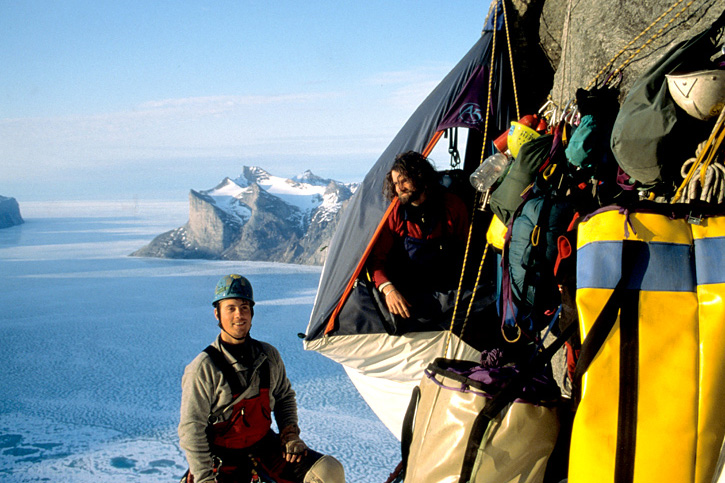
What do you want people to take away from your National Geographic Live presentation?
More than anything, I want people to walk away feeling fired up and inspired to go after their own dreams, like I have done. And I hope that I can entertain them and make them laugh along the way. The message I try to share is that exploration matters because it’s how we learn about the world and everything that’s in it. I have always been deeply curious about the unknown, and that curiosity has driven me to explore the far corners of the world. But I have also tried to explore the world within myself, because that is where I find the passion that drives the whole enterprise. When we find and begin to understand our passions and what drives us in life, we can use that knowledge to create a vision of what’s possible and then leverage our unique skills and talents to make the world a better place.
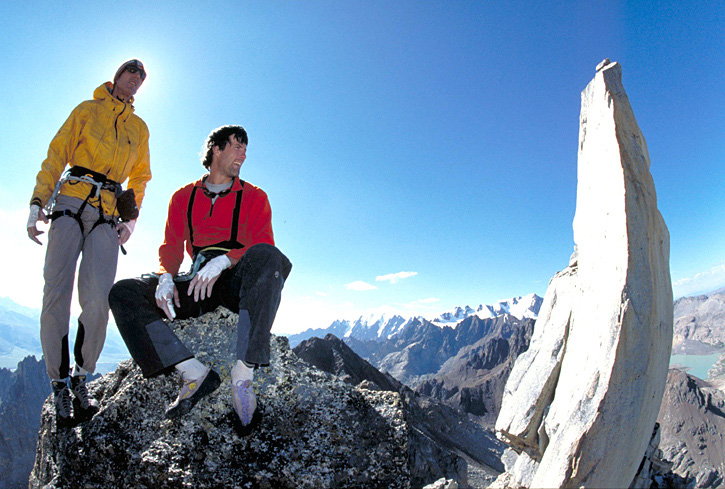
What advice would you give to the next generation or somebody who wants to do what you do/follow in your footsteps?
I have this conversation with a lot of young people, and I always tell them that the process starts by looking inside and finding where one’s heart is leading. If we can determine where our true passions lie, the rest is simply a matter of hard work and determination. One of the beautiful things about this world is that it is filled with passionate, inspired people, and they are the ones who can open doors for you, and who probably will, when they realize that you share a kindred spirit. The key is to get on the right path and then to just dig and never let go. I, for one, find it endlessly inspiring when I meet young people who are driven by passion, grit and determination. And I will always go out of my way to help them, if I can.
